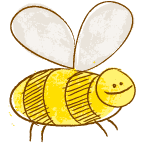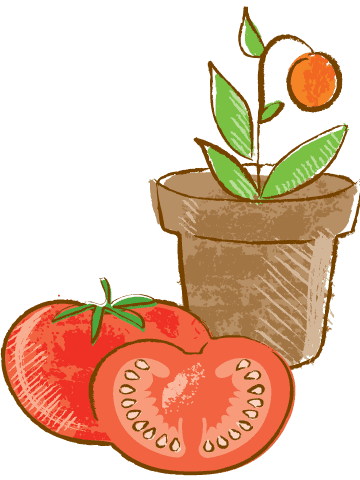Thomas Jefferson High School keeps students engaged in the garden with a multi-faceted program that includes hydroponics, aquaponics, and a traditional raised bed garden. Students enrolled in the public high school’s BlendEd project-based academy handle the garden design, construction, prep, planting, maintenance, harvesting, composting — and they also develop and lead other creative projects related to the gardens.
Just over 100 students participate in the BlendEd program. Around 12-15 of those students are fully committed to garden-specific projects, another 25 or 30 students have some regular involvement in the gardens, and as many as 90 students spend some time in the gardens. These students also have the option to help facilitate ongoing school partnerships with nonprofit organizations that donate the food grown in the campus gardens to families in the surrounding community.
“During the flexible time when students are able to work on projects, we sit down with them and brainstorm ideas for their projects, with a lot of the teacher leading and guiding, but mostly it’s student led,” explains Andrew Boone, math teacher and program coordinator. “As long as their dreams and ideas are feasible, we try to make them happen. If they need an expert or additional funding, we try to track that down. Usually the kids come down to earth pretty quickly and realize when an idea isn’t practical.”
Even if the program has had very little success with an idea previously, such as growing hydroponic strawberries, the students are welcome to give it another try. “Then when it doesn't go well we talk about why,” Andrew says.
In the early days, the school brought in local experts from University of Iowa and Mathew 25, an urban gardening nonprofit, to train students. Now the school garden program is so well established, the more experienced students are able to teach and mentor new students.
Beyond the basics of planting, maintenance and harvesting, student projects in the outdoor raised bed garden have included designing and building the frame and landscape design. They also run an ongoing compost project — sourcing compostable material from the cafeteria or around school grounds, making the compost, then fertilizing the outdoor garden with it.
The indoor hydroponic garden produces a lot of fresh lettuce that gets donated to a local shelter. This environment provides students with a different, highly technical gardening experience.
“The students have to make a plan for getting plants to grow in a highly engineered scenario,” Andrew explains. “They monitor nutrients, monitor the whole system for leaks and water volume, set the program for the lights to make sure plants are getting the right number of hours of light in the right cycles.”
For the past year and a half, students also have been tending to eight fish tanks, including one with tilapia they plan to use for aquaculture, which they are currently researching. To get this program started, kids built a stand out of lumber during wood shop and conducted research on which fish would be suitable for their setting. Plans are in the works to add another 500-gallon tank for the tilapia and when the fish are mature enough, the plan is to link the aquariums with the outdoor garden to create a true aquaponics system.
“Students are now in the design phase of bringing those systems together,” Andrew says. “We have the fish in a normal glass aquarium, which won’t work in the hydroponics lab because we have full-spectrum bulbs that would create massive amounts of algae. So we are trying to figure out how to [solve that and other problems]. The kids are doing all the research and planning, which is partly why it doesn't move as fast as we might like.”
But researching, experimenting, making mistakes and overcoming challenges is all a part of garden-based learning for these students.
“Sometimes they nail it the first or second time, and sometimes we have to let them spin their wheels,” Andrew says. “Students may flounder for awhile, then when their idea finally takes root, it’s really awesome. They get a lot more out of it, they learn initiative and learn how to be self-directed.”



